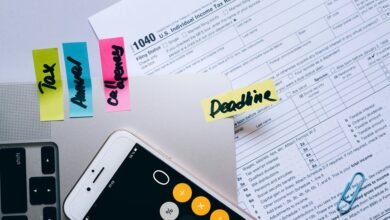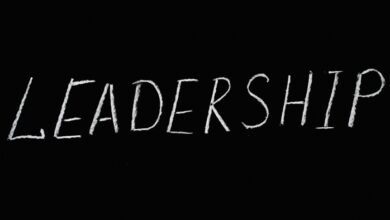120644916 Callback Frequency Benchmark

The “120644916 Callback Frequency Benchmark” offers essential insights into customer engagement strategies. By examining callback frequency metrics, organizations can uncover significant trends in customer interactions. This analysis aids in identifying operational efficiencies and informs strategic decision-making. As businesses strive for enhanced communication practices, understanding these benchmarks becomes crucial. The implications of these findings could reshape how organizations approach customer satisfaction and responsiveness. What specific strategies might emerge from this data?
Overview of Callback Frequency
Although the concept of callback frequency may appear straightforward, it encompasses a range of practices and metrics that are critical for evaluating customer engagement and operational efficiency.
Callback frequency serves as an indicator of user engagement, reflecting how often customers require follow-up communication.
Understanding this metric enables organizations to fine-tune their strategies, ultimately enhancing user satisfaction and optimizing resource allocation.
Key Metrics and Findings
Callback frequency metrics provide valuable insights into customer interactions and operational performance.
Analyzing callback trends reveals significant correlations between user engagement and response times. High callback rates indicate potential areas for improvement, while consistent patterns can guide strategic decisions.
Understanding these metrics enables organizations to enhance customer satisfaction and optimize resource allocation, ultimately contributing to a more efficient operational framework.
Implications for Developers
As organizations increasingly rely on callback frequency metrics to enhance customer interactions, developers play a crucial role in integrating these insights into their systems.
Strategies for Optimization
Effective strategies for optimizing callback frequency metrics can significantly enhance organizational performance and customer engagement.
Implementing optimization techniques, such as targeted frequency analysis, allows organizations to identify patterns and adjust communication strategies accordingly.
Conclusion
In conclusion, the “120644916 Callback Frequency Benchmark” serves as a crucial tool for organizations seeking to refine their customer engagement strategies. By leveraging key metrics, businesses can enhance operational efficiency and allocate resources effectively. The implications for developers are significant, as they must adapt to evolving communication demands akin to the shifts seen during the industrial revolution. Ultimately, optimizing callback frequency not only boosts customer satisfaction but also fosters a more agile organizational response to user needs.





